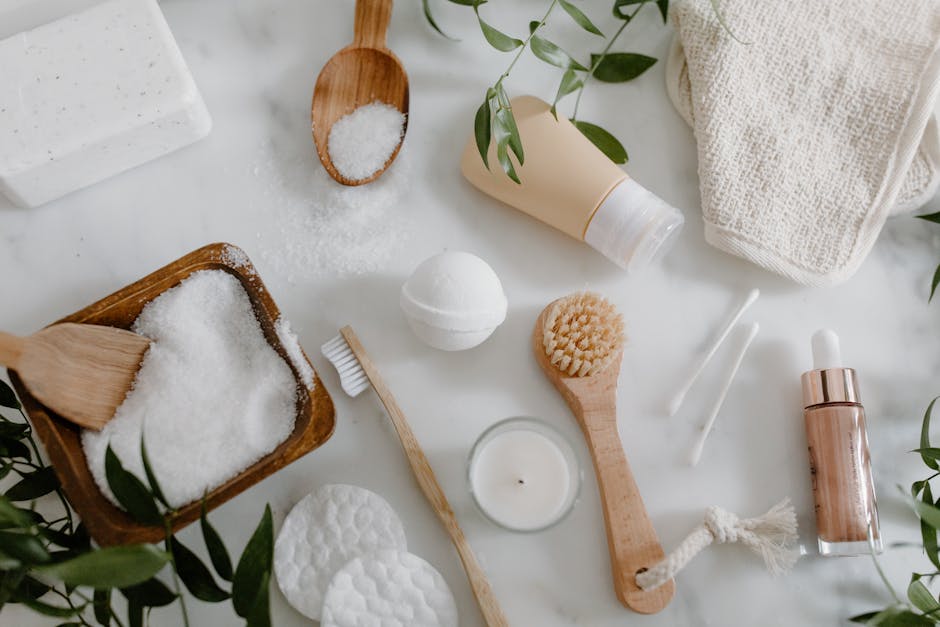How to Develop an Eco-Friendly Skincare Routine
Taking care of your skin goes beyond aesthetic appeal; it’s also about health and sustainability. The beauty industry has a significant environmental impact, from the overuse of plastic packaging to harmful ingredients that pollute our waterways. Transitioning to an eco-friendly skincare routine allows you to nurture your skin while minimizing harm to the planet. This shift is not only beneficial for the environment but can also improve your overall well-being.
Understanding Eco-Friendly Skincare
Eco-friendly skincare revolves around using products and practices that are sustainable and non-toxic to the environment. It includes everything from choosing biodegradable packaging to opting for ingredients sourced responsibly. Many conventional skincare products contain synthetic chemicals like parabens and sulfates, which can harm both your body and the ecosystem when washed down the drain.
One way to identify eco-friendly products is by looking for certifications such as "Leaping Bunny" for cruelty-free items or "COSMOS Organic" for organic certification. These labels can guide you toward brands committed to ethical and sustainable practices. For instance, some companies prioritize using renewable energy in manufacturing and sourcing materials locally to reduce their carbon footprint.
Additionally, understanding ingredient lists is crucial. Opt for natural, plant-based ingredients and avoid those derived from petroleum or synthetic sources. Ingredients like shea butter, aloe vera, and essential oils are often kinder to both your skin and the environment.
Minimizing Waste in Your Routine
A critical aspect of an eco-friendly skincare routine is reducing waste. The beauty industry generates enormous amounts of waste annually, with plastic packaging being a primary contributor. Opting for refillable products or brands offering recycling programs can significantly cut down on this issue.
Switching to solid products like bar soaps, shampoos, or conditioners is another effective way to reduce packaging waste. These options often come with minimal or recyclable packaging and last longer than their liquid counterparts. Brands like Lush and Ethique have built their businesses around such concepts.
Additionally, be mindful of single-use items like cotton pads or wipes. Replace these with reusable alternatives such as washable makeup remover pads or microfiber cloths. Over time, these small changes can make a substantial difference in reducing your environmental footprint.

DIY Skincare: A Sustainable Alternative
Crafting your skincare products at home can be a rewarding way to embrace eco-friendliness. It allows you complete control over the ingredients used while eliminating excess packaging. Simple recipes using household items like oatmeal, honey, or coconut oil can address various skincare needs without introducing harmful chemicals.
For example, a face scrub made from sugar and olive oil works wonders for exfoliating dead skin cells while leaving your skin hydrated. You can also create masks with ingredients like yogurt and turmeric for brightening effects. Homemade solutions not only save money but also let you tailor products to suit your specific skin concerns.
Keep in mind that DIY options may not replace every aspect of your routine. Some skincare needs, such as sun protection, require specially formulated products to ensure safety and efficacy.
Comparing Eco-Friendly Brands
| Brand | Key Features | Eco-Friendly Practices |
|---|---|---|
| The Body Shop | Wide range of skincare options | Recyclable packaging, cruelty-free |
| Lush | Handmade cosmetics | Sustainable sourcing, solid products |
| Burt's Bees | Natural skincare solutions | Recyclable packaging, responsibly sourced ingredients |
| Eminence Organic Skin Care | Luxury organic skincare | Solar-powered manufacturing, plant a tree for every product sold |
These brands exemplify how businesses can combine effective skincare solutions with sustainability efforts. Supporting companies with transparent practices not only benefits your skin but also encourages ethical business operations worldwide.
A Balanced Approach to Eco-Friendly Skincare
An eco-friendly skincare routine isn’t about perfection; it’s about making better choices wherever possible. Begin by evaluating what you already own and use up existing products before replacing them with sustainable options. This ensures that you’re not contributing further waste by discarding items prematurely.
Avoid falling into the trap of overconsumption under the guise of sustainability. While it’s exciting to explore new brands or eco-friendly trends, remember that minimalism often aligns best with environmental goals. Focusing on fewer high-quality products rather than an extensive collection reduces waste while saving money in the long run.
Lastly, educate yourself on emerging trends and innovations in sustainable beauty practices. From waterless formulas to biodegradable glitter, there’s always something new to learn in this evolving field.
Transitioning to an eco-friendly skincare routine is more than a personal choice, it’s a commitment to a healthier planet and future generations. By understanding your purchasing power and taking small steps toward sustainability, you become part of a larger movement advocating for change within the beauty industry.